#hundred years war
Text

Joan of Arc wearing armour and mounted upon a horse at the head of her troops
by Jules Prater
#jules prater#art#joan of arc#jeanne d'arc#engraving#history#medieval#middle ages#hundred years war#europe#european#france#french#knights#knight#armour#chivalry#christianity#christian#saint#saints#horse#horses#sword#swords#religious art#religion
5K notes
·
View notes
Text
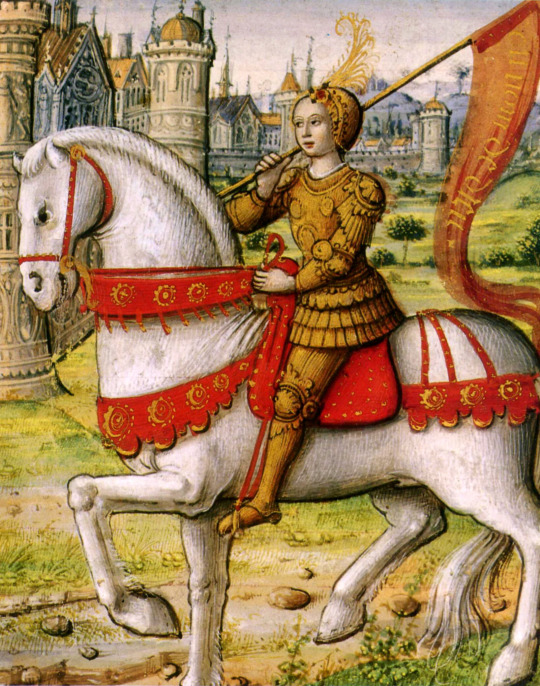
Joan of Arc on Horseback (illumination from fol. 76v of Antoine Dufour's Lives of Celebrated Women), Jean Pichore, 1506
#art#art history#Middle Ages#medieval#medieval art#medieval history#Joan of Arc#Jeanne d'Arc#Hundred Years War#illustration#portrait#manuscript illumination#illuminated manuscript#equestrian portrait#Jean Pichore#French art#16th century art#Musee Dobree
437 notes
·
View notes
Note
The broken man speech is pretty good writing but does it have any historical basis? Seems like a bad idea to build your army out of smallfolk.
So medieval armies were rarely made entirely out of peasant levies (that's the inaccuracy), even during the storied days of the Anglo-Saxon fyrd at its height. But it was not uncommon for young men to serve as archers in the army - indeed, the entire thrust of English military policy from the 13th through 14th century was to establish as broad and deep a strategic reserve as possible of trained longbowmen for this very reason.
youtube
However, I think it's missing the forest for the trees to focus on the levy model when it comes to the Broken Man speech. Rather, I think it's about the corrosive impact of war on veterans and deserters who fall to banditry due to trauma and a lack of alternatives. It absolutely was a fixture of the Hundred Years' War that unemployed veterans of all nations turned their skills learned in the chevauchées onto civilian populations, causing widespread devastation.
#asoiaf#asoiaf meta#history#historical analysis#medieval history#hundred years war#broken man speech#military history
63 notes
·
View notes
Photo

06/02/2023
Join Tomics for a month of comics dedicated to one of history's most intense soldiers, saints, and women!
It's JUNE OF ARC!
___
JOKE-OGRAPHY:
1. St. Joan of Arc was a French peasant girl during the Hundred Years’ War. If you haven’t heard of her, get on it. She’s one of the most heavily documented people from that time period because of her excommunication trial by the Catholics in England, then her posthumous un-excommunication trial by the inquisitor from Rome. Quite a long paper trail for someone who couldn’t read.
2. In this cartoon, Joan rallies her men before they charge into battle. One man says he’s packed white flags for when they want to surrender. Preparing to surrender before the battle even begins is quite silly, and thus, a joke. The man is a joke, and his progeny will weep for sharing his blood.
3. Also I think it became a popular joke at some point that the French are cowards. Joan must not have got the memo.
4. Joan orders the men to stop passing around white flags, telling them instead that they’ll be using her banner. While Joan means that they’ll be charging into battle full of confidence with her at their lead and God on their side, the French soldiers think she means that SHE’LL be waving the biggest white flag of all so the English can see their surrender.
5. Look at that “dude r u 4 real?” face.
#joan of arc#st joan of arc#catholic#christian#hundred years war#english#french#armagnac#soldier#medieval#banner#tomics#tomics comics#tom gould#i guess ill just be drawing flour delis all over the place for a month#yes#flour delis#its 3am in a warehouse
301 notes
·
View notes
Photo

The Route of Joan of Arc and the Hundred Years' War, c. 1429
135 notes
·
View notes
Text
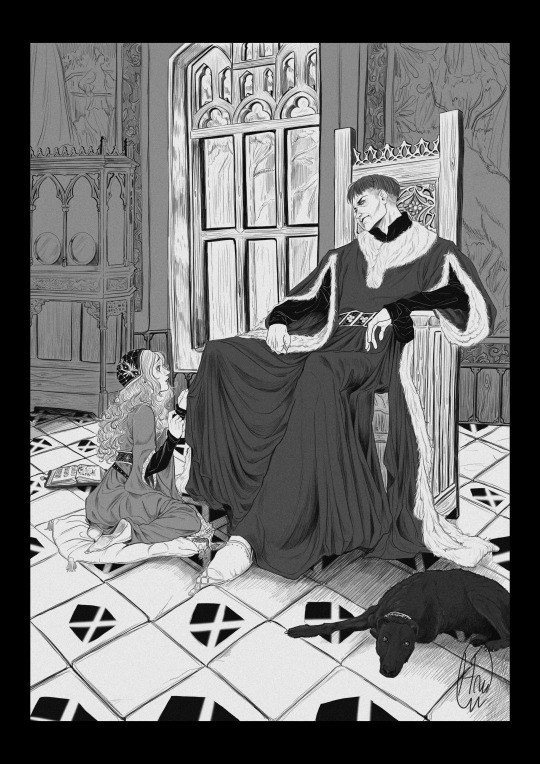
Cecily Neville and her father, Ralph.
That's it. That's all the description I can do before I pass out.
#the wars of the roses#15th century#art#character design#sketch#drawing#cecily neville#ralph neville earl of westmorland#medieval#historical art#historical fiction#digital artwork#richard duke of york#hundred years war#humphrey duke of gloucester#john duke of bedford#neville#joan beaufort#father and daughter#artist on tumblr#edward iv#elizabeth woodville#oc artist#middle ages#british history#elizabeth of york#nobility#isabel neville#richard iii#henry vi
65 notes
·
View notes
Photo
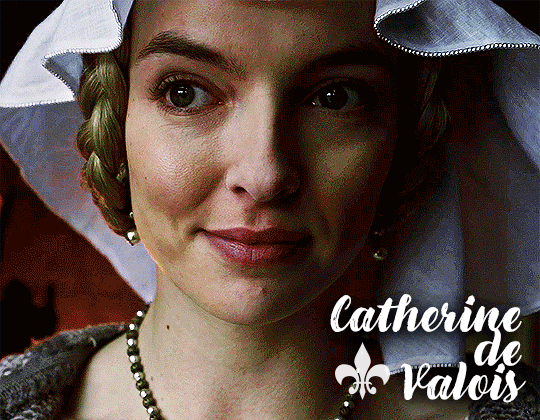
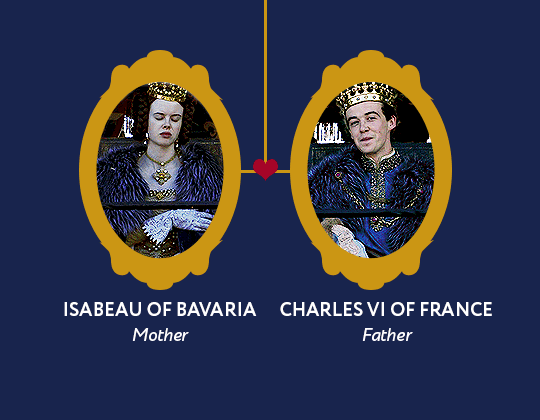
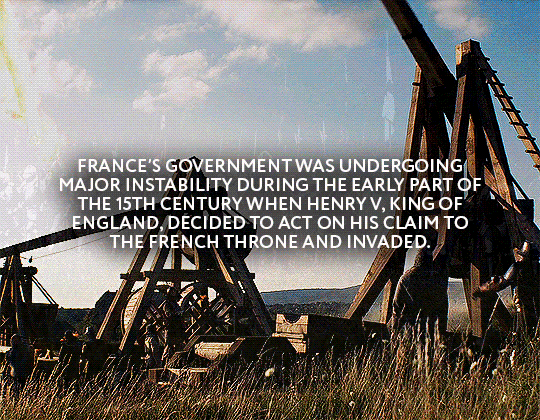

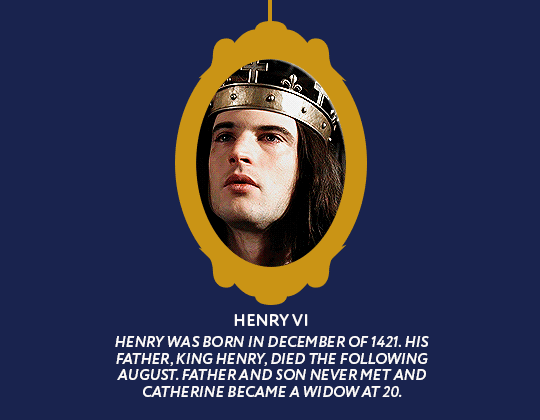

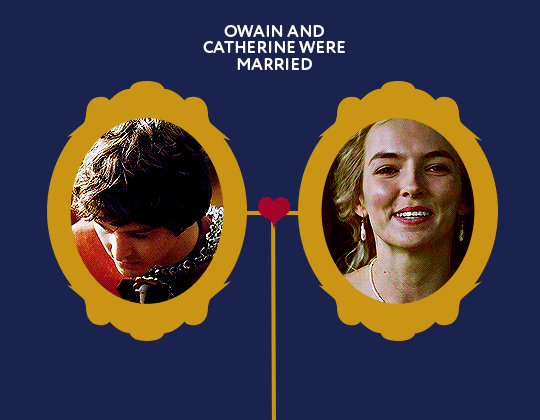


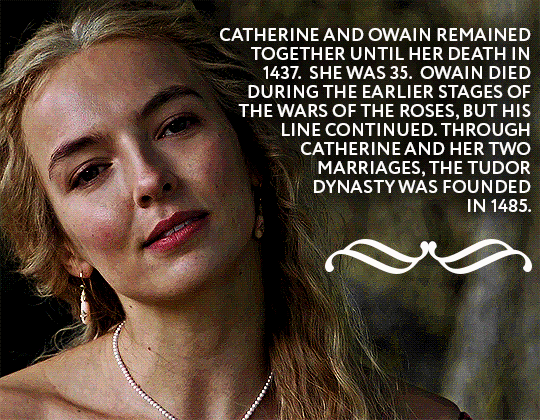
CATHERINE OF VALOIS ❀
QUEEN CONSORT OF ENGLAND
#catherine of valois#catherine de valois#periodedit#perioddramaedit#historyedit#onlyperioddramas#tudorsource#tudorgifs#henry v#henry vi#henry tudor#henry vii#isabeau of bavaria#charles vi of france#charles vi#elizabeth of york#hundred years war#the wars of the roses#margaret beaufort#jodie comer#alexander vlahos#timothee chamalet#perioddramasource#weloveperioddrama#period drama#history#gifshistorical#middle ages#medieval#tudor
799 notes
·
View notes
Text

"Entrée de Jeanne d'Arc à Orléans"
by Jean-Jacques Scherrer
Oil Painting, 1887.
Musée des Beaux-Arts d'Orléans.
HISTORY
Joan of Arc (one of the many spellings of her name) is one of France's patron saints and was honored for her role in the Siege of Orléans (1428-1429) during the Hundred Years' War (1337-1453).
She grew up as a peasant, her father being a farmer, but she had divine visions that she was visited and guided by archangel Micheal, Saint Margaret, and Saint Catherine. After having these sights, Joan acted accordingly, joining forces with the French by gaining respect for her piety and firmness, swaying Captain Robert de Baudricourt into her favor.
Long story short (definitely watch a video or read about her history instead of going off of my quick knowledge, in case you're interested and I miss certain facts... soz): Joan of Arc promised Dauphin Charles that he would be coronated at Reims if he allowed her to fight the English. Yeah... they were skeptical—mainly due to Joan being a 16-17-year-old woman at the time—so Charles had sacerdotal authorities interrogate her. After review, and considering the devastating turnout of Orléans (which has been under British siege), the clergy decided it'd be best for Charles to use the young woman as she's asking to be involved.
Assigned to join in taking back Orléans, Joan arrives with supplies on the 19th of April, 1429, alongside Commander Étienne de Vignolles (or *thank God for nicknames* La Hire). May 4th was when things started to pick up, the French launching an attack, which the saint almost missed due to napping (hey, I get it), and in the meantime, Joan sent out letters to the British, basically telling them to fuck off her land before a sword gets shoved up a not so divine place. On the 7th, Joan was WIA, but that didn't stop her from continuing her duty, and by the 8th, the British surrendered.
Joan of Arc is widely remembered as a woman who faced perseverance when it was uncommon for a woman combatant to exist, especially one who instantly rose to the top, fighting as a leader amongst male French commanders. Even burned at the stake by the English around the age of 19, Joan kept her faith, the same that got her onto the battlefield and was depicted proudly on the flag she waved. In 1920, she was finally recognized by the Roman Catholic Church and canonized by Pope Benedict XV as a patron saint for her home country. She's respected as a martyr and seen as a symbol of freedom, not only in a patriotic context but as a feminist (as she is hailed as one of the earliest feminists in middle-age history).

Again, I beg of you, if you are interested in learning more about the Siege of Orléans and/or Saint Joan of Arc, check out a video or pick up a book on the topic. I'm terrible at regurgitating historical information, especially when I haven't gotten any sleep. I'm not a historian, just a 19-year-old girl who likes to post art (ಠ_ಠ).
#art#oil painting#painting#history#artwork#french#french art#victorian#victorian art#joan of arc#feminism#hundred years war#middle ages#siege of orléans#battles#military#Jean-Jacques Scherrer#Musée des Beaux-Arts d'Orléans#french painting#victorian painting#19th century painting#19th century#saint#religious#religion#catholicism#patron saint#15th century
23 notes
·
View notes
Text

#shakespeare#Henry v#the king#kenneth branagh#theatre#hundred years war#dauphin#saint crispian’s day#we few we happy few#kylo ren#undercover boss#snl
16 notes
·
View notes
Text
Despite being one of the most famous figures in French history we don’t really know what Joan of Arc looked like. Can a digital reconstruction shed some light on this mystery?
27 notes
·
View notes
Text

François-Léon Benouville (1821-1859)
"Joan of Arc Hearing Voices"
Neoclassical
Located in the Musée des Beaux-Arts de Rouen, Rouen, France
#paintings#art#artwork#religious painting#female portrait#françois léon Benouville#francois leon benouville#neoclassical#neoclassicism#musee des beaux arts de rouen#musée des beaux arts de rouen#museum#art gallery#french artist#joan of arc#saint joan of arc#saints#hundred years war#clothing#clothes#angels#christianity#portrait of a woman#red#mid 1800s#mid 19th century
320 notes
·
View notes
Text

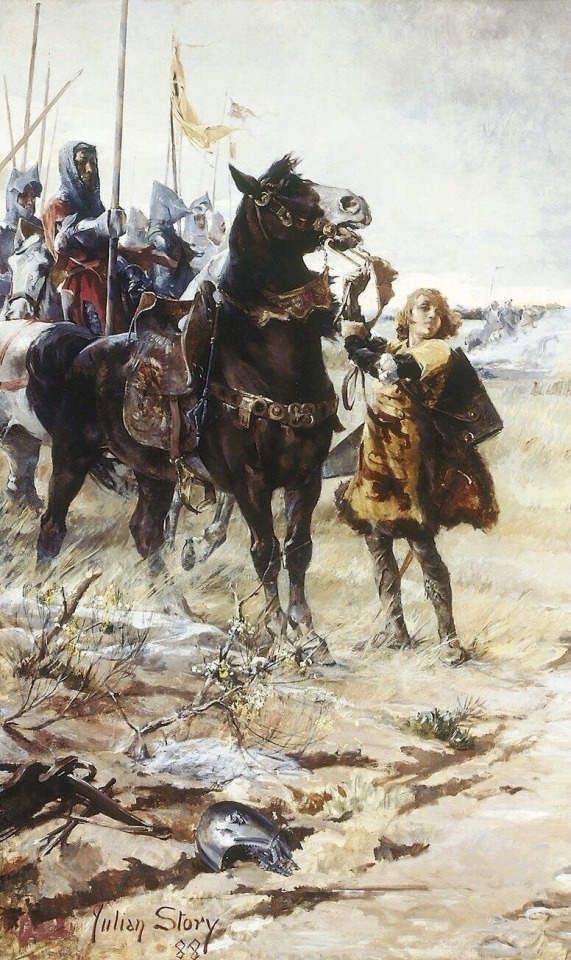
The Black Prince at the Battle of Crécy
by Julian Russell Story
#julian russell story#art#battle of crécy#hundred years war#edward of woodstock#john the blind#medieval#europe#history#france#england#english#knights#middle ages#european#edward the black prince#knight#squire#windmill#windmills#landscape#armour#heraldry#coat of arms#ich dien#john of bohemia
1K notes
·
View notes
Text

Battle of Castillon, July 17, 1453, Charles-Philippe Larivière, 1839
At the Battle of Castillon, the last major clash of the Hundred Years War, English forces under John Talbot, Earl of Shrewsbury, were cut to pieces by massed French artillery. Talbot and his son were both slain. This painting depicts the moment of Talbot's death (inaccurately--in fact he was unarmored, due to a vow he had taken several years before).
#art#art history#Charles-Philippe Lariviere#historical painting#Middle Ages#medieval#medieval history#Hundred Years War#French art#19th century art#oil on canvas#Versailles#Palace of Versailles#death tw
277 notes
·
View notes
Note
Why did the English kings have to do homage to the French kings for Normandy etc? Why could they not just annex those territories into England? During Henry II's reign, at least, it seems like they had the ability to thwart France's efforts to keep them in the country.
That's a misreading of Henry II's reign - Henry did homage for various territories at various times.
The issue is that the English Kings held Normandy et al. through French titles of nobility - they were Dukes of Normandy, Counts of Anjou, etc. In order to hold these titles under French laws, they were supposed to do homage to the King of France in that capacity.
How much that homage was symbolic rather than practical depended a lot on the relative strength of the two kings at the time - so for example quite a few treaties between the English and the French had clauses regarding which provinces the English king had to do homage for and which they didn't, which were recognized as having English overlordship and which French, and so forth.
28 notes
·
View notes
Text

At last I got around to inking my OC Wilfrid! Hoping to color him soon. Tbh I'm still deciding on his color scheme ... I'm thinking red, white and gold, or red, white and silver.
#drawing#small artist#traditional art#traditional drawing#artwork#art#artists on tumblr#artist on tumblr#Knight#medieval#medieval england#hundred years war#historical clothing#historical#1300s#14th century#oc#original character#original art#my art#my oc#fyp#fypシ#traditional artist#illustration#art accoun
13 notes
·
View notes
Photo

France in the Hundred Years War, 14th century.
by @LegendesCarto
52 notes
·
View notes